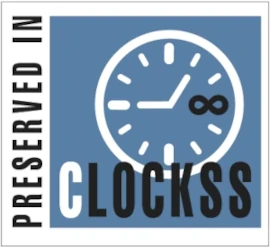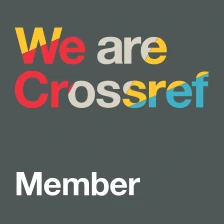Putting Childhood in Its Place: Rethinking popular discourses on the conceptualisation of child trafficking in Ghana
DOI:
https://doi.org/10.14197/atr.201221163Keywords:
childhood, child trafficking, child returnee, socio-cultural factors, legal framework, GhanaAbstract
Popular discourses on child trafficking are generally characterised by unverifiable statistics, melodramatic representations, and emotional reactions. More so, notions of poverty, exploitation, and the protection of children from harm have driven educational and sensitisation campaigns that seek to address trafficking in children. The ensuing status quo blurs diverse cultural conceptions of childhood and its moral representations of acceptable and unacceptable labour. Drawing on qualitative data from a Ghanaian fishing community, this paper reviews the impoverished and hazardous representation of children’s transportation to other fishing communities for work. It contends that the prevailing conceptualisation of child trafficking fails to account for the socio-cultural underpinnings of children’s movement to other fishing communities for work. Consequently, this paper argues that it is important to situate popular discourses of child trafficking within fishing community’s conceptualisation of childhood in order to provide a comprehensive understanding of the phenomenon within those communities.
Metrics
Published
How to Cite
Issue
Section
License

This work is licensed under a Creative Commons Attribution 4.0 International License.
The Anti-Trafficking Review has a policy of licensing under the Creative Commons Attribution License (CC-BY). Under the CC-BY license, the public is free to share, adapt, and make commercial use of the work. To protect our work and that of our authors, however, users must always give proper attribution to the author(s) and the Anti-Trafficking Review (i.e. with a complete bibliographic citation and link to the Anti-Trafficking Review website and/or DOI).
The Anti-Trafficking Review promotes the sharing of information, and we therefore encourage the reproduction and onward dissemination of articles published with us.








